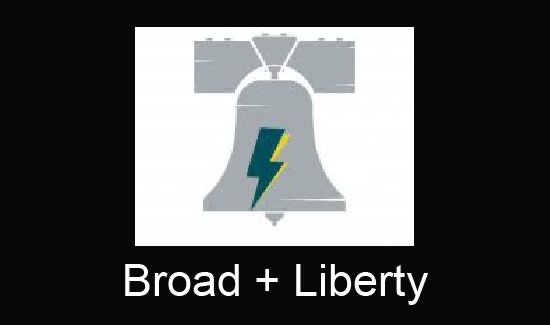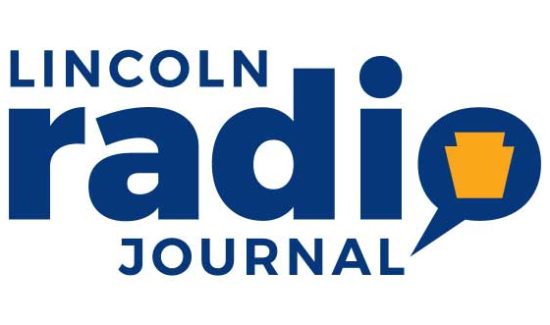Deeper Implications of the Ambridge Teacher Strike
(December 19, 2016)–Summary: Yet another Pennsylvania school district is in the midst of a teacher strike with the walkout leaving parents and students to suffer the consequences. It is past time for the state to eliminate the right of teachers to strike to protect the interests of students and taxpayers.
____________________________________________________________________
In a news story that occurs all too frequently in Pennsylvania, another teacher strike has just joined the state’s nation leading count of teacher work stoppages. On December 13th, Ambridge teachers went out on strike and can remain out until January 4th
What will happen as a result of the strike? Nothing bad for the teachers—that is a certainty. They will not lose a day’s pay. The school year will be completed by adding days in June to get to the mandated 180 days of instruction. The teachers will get paid for those tacked on days. This is unlike New York where teachers lose two days’ pay for every day out on strike insuring that there is a price to be paid for walking off the job. Nor will Ambridge teachers lose any health benefits, pension benefits, sick leave days or other non- monetary benefits. In short, the strike is, in effect, giving the Ambridge teachers a longer holiday break.
While the teachers face no real consequences for their walkout, students and their parents and potentially taxpayers will suffer negative effects. In student homes where both parents work, arrangements for childcare will have to be made, possibly at considerable expense. And next June, family plans for travel that could be severely disrupted with possible monetary losses, attendance at summer camp or other long planned activities for some kids having to be scuttled, and starting summer jobs for many older students put on hold. And the interruption of classes, test taking and other academic activities could be detrimental to students as well. Thus, much of the negative effects of the strike will be borne by students and their parents.
The following key statistics describe the Ambridge School District. Located in southeast Beaver County, the District’s enrollment was 3,062 in the 2005-06 school year. A decade later (2015-16) it has fallen to 2,452—a decline of seventeen percent. Financial data from the Pennsylvania Department of Education (PDE) for the 2014-15 school year, (the most recent available) put Ambridge’s total expenditure per average daily membership (ADM) at $15,136. Ambridge per pupil spending is higher than neighboring Beaver County districts, Central Valley ($13,568), Freedom Area ($13,925) and even Butler County neighbor Seneca Valley ($15,013). The instructional expenditures per student for Ambridge were $8,433, which places them lower than Seneca Valley ($8,665) but higher than Freedom Area ($8,223) and Central Valley ($7,755).
Academically, the Ambridge District ranked 378th of 585 districts and charter schools in the state—based on rankings of test scores released by the PDE (last updated in September 2016). Seneca Valley is ranked 45th, Central Valley comes in at 194th, while Freedom Area places 319th. Thus, despite spending more per pupil than other districts, Ambridge students are not as well prepared academically as students in neighboring districts.
Of the 500 school districts in 2014-15, Ambridge’s State Tax Equalization Board (STEB) market value ranks as the 236th highest and its equalized millage rate is 88th highest making it a relatively high tax district. If the school board accedes to teacher demands, and goes beyond the fact finder’s suggested fair settlement compensation increases, in order to prevent some of the hardship and costs the strike inflicts on the students and parents, taxpayers will feel the effects of the strike in higher tax bills.
To be sure, when it comes to strikes the State’s policies are very inconsistent. On the one hand truancy law requires students to attend school and there are legal consequences (although seldom enforced) for students who are not in school. Yet the state allows teachers to refuse to show up for work for a couple of weeks with no negative consequences.
The Ambridge teachers strike is a reminder of just how far out of step Pennsylvania’s labor laws are. Only a handful of states allow teacher strikes, and only two or three actually ever see a significant number of strikes. Sadly, teacher strikes, transit worker strikes, union dues collection by employers, stringent prevailing wage laws, the most out of step union favoring binding arbitration laws and the absence of a right to work law in Pennsylvania are an enormous drag on the economy.
Teacher strikes are clearly a failure of Pennsylvania’s government to act in the best interests of students and taxpayers while favoring a powerful special interest. That is a serious flaw that ought to be repaired for the Commonwealth’s sake—and soon.
Jake Haulk, Ph.D., President
Frank Gamrat, Ph.D., Sr. Research Assoc.
If you wish to support our efforts please consider becoming a donor to the Allegheny Institute.The Allegheny Institute is a 501(c)(3) non-profit organization and all contributions are tax deductible.Please mail your contribution to:
The Allegheny Institute
305 Mt. Lebanon Boulevard
Suite 208
Pittsburgh, PA15234







